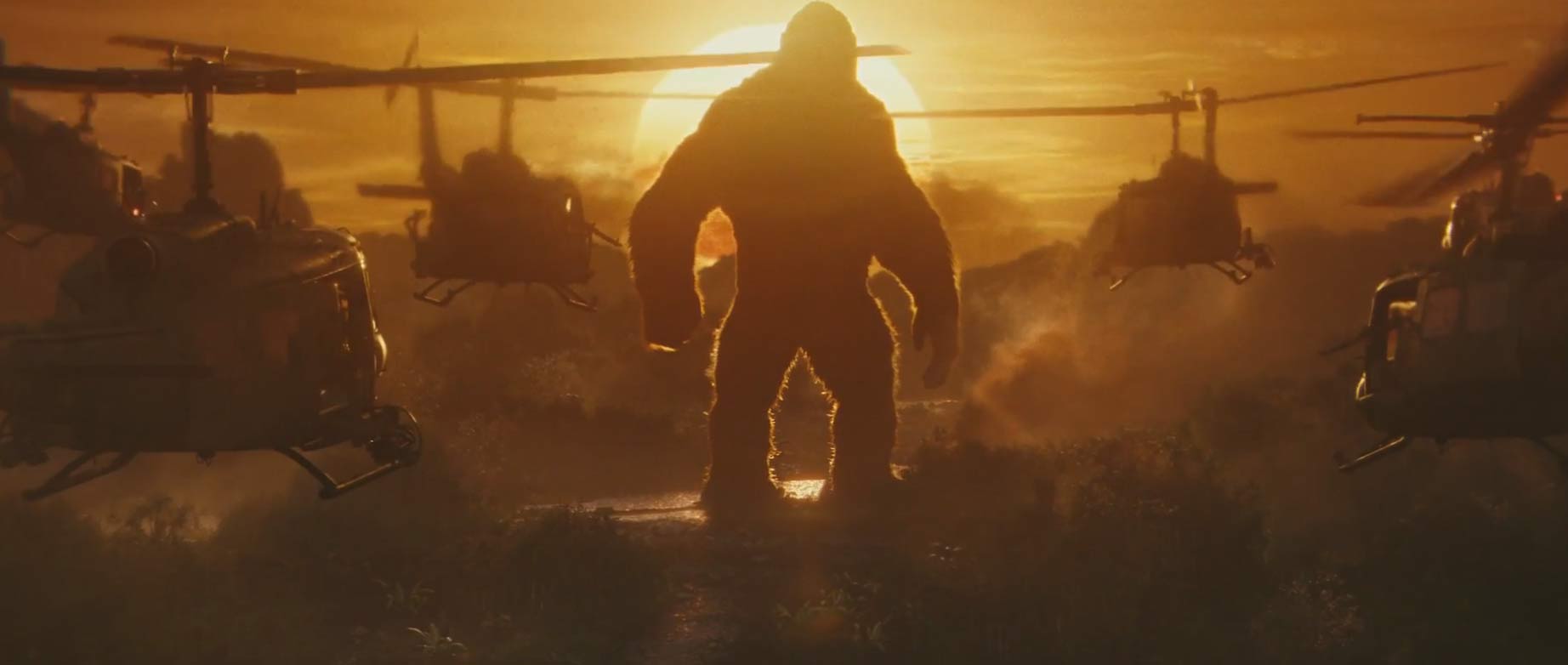
THE KONG A creature made from stop-motion animation with effects that feel ahead of their time, he’s large enough to command the screen but not to dominate it. That would be Skull Island, which, among its dinosaurs and other predators, has one particularly large, hairy resident. THE PLOT An adventurous filmmaker (Robert Armstrong) meets a down-on-her-luck woman (Fay Wray) on the street after she’s caught stealing an apple, and persuades her to sail with him to a remote island where he plans to shoot a movie.


Here is a look back at versions of Kong and the themes that went with the roars. He’s hovering larger than ever (along with a starry cast) in “Kong: Skull Island” (in theaters March 10). Kong has been a kind of canvas on which to paint the economic and political issues of the time. Ever since the first “King Kong” movie in 1933, the giant, chest-pounding, helicopter-smacking, no-nonsense primate has meant different things to different generations, embodying both his science and his fiction.


 0 kommentar(er)
0 kommentar(er)
